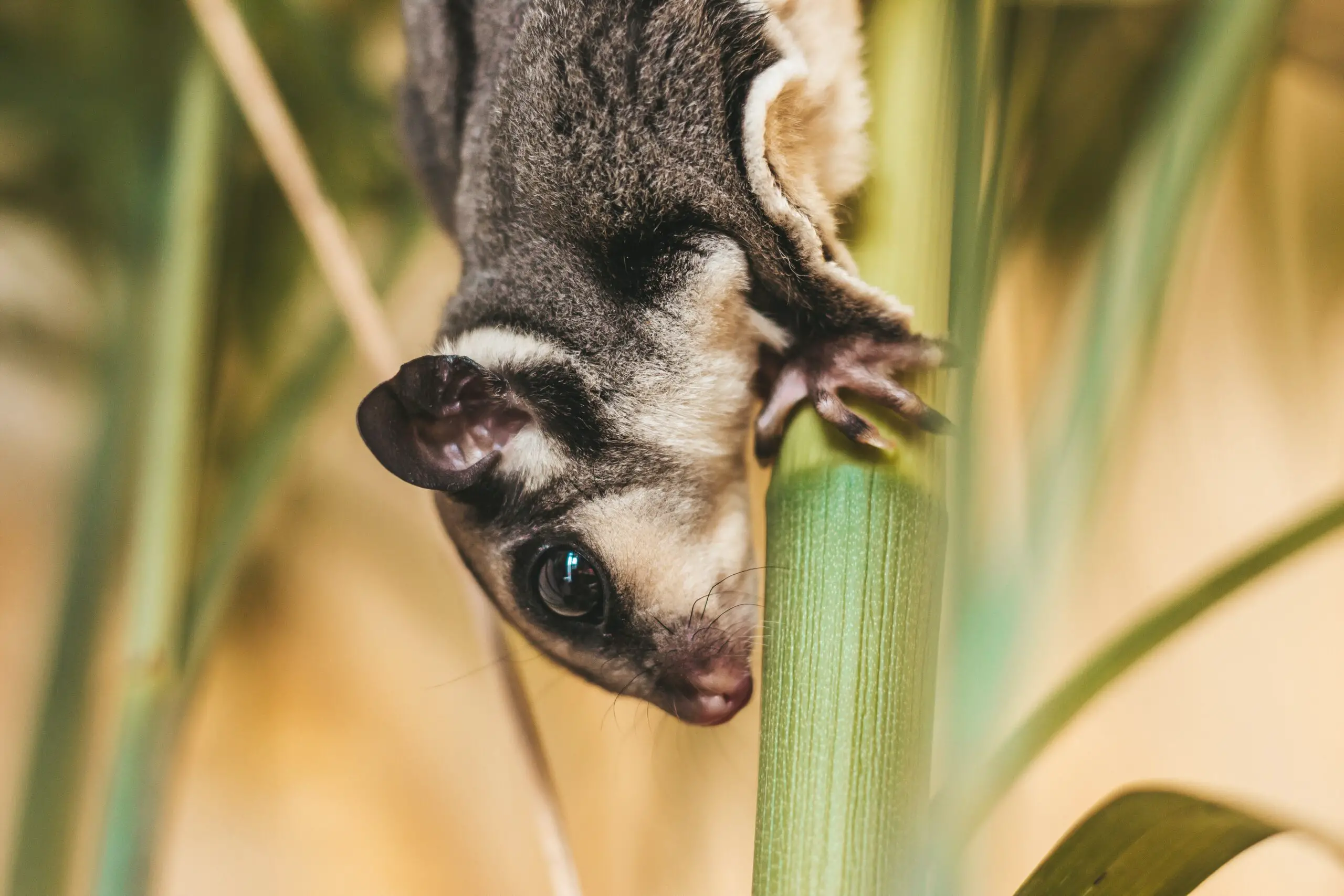Sugar gliders are some of the most fascinating creatures in the animal kingdom. They have adapted to their environment in ways that are truly amazing. In this blog post, we will discuss how sugar gliders have evolved over time to become the animals they are today. We will explore their unique abilities and what makes them so special. So if you’re curious about these little critters, read on.
What is a sugar glider and where do they come from?
A sugar glider is a small, nocturnal marsupial that is native to Australia, Indonesia, and New Guinea. They are named for their love of sweet fruits and their ability to glide through the air.
Sugar gliders are very social animals and live in colonies of up to 15 individuals. In the wild, they nest in tree cavities and spend their days foraging for food and playing.
Sugar gliders are popular pets because of their playful nature and affectionate personalities. They require a large cage with plenty of toys and perches and need to be fed a diet of insects, fruits, and vegetables.
Although they are relatively easy to care for, sugar gliders should only be kept by experienced pet owners who are prepared to meet their unique needs.
How do sugar gliders adapt to their environment?
They get their name from their love of sweet fruits and their ability to glide between trees. Sugar gliders are small animals, with a body that is typically only 5-7 inches long. Their fur is grey with a white stripe running down their back, and they have a long tail that they use for balance while they are gliding.
Sugar gliders are nocturnal animals, meaning that they are most active at night. In the wild, sugar gliders live in forests near the coast. During the day, they nest in trees and come out at night to forage for food. Sugar gliders eat mostly insects, but they will also eat nectar, sap, and fruit.
Sugar gliders are able to glide because of the skin between their front and back legs. This skin is called a patagium, and it allows them to glide up to 150 feet! Sugar gliders can control their flight by changing the position of their legs and tail. When they want to go up, they spread their legs out to the side. To turn, they simply tilt their body in the direction that they want to go.
3. What are some of the challenges sugar gliders face when adapting
Sugar gliders can face significant challenges when adapting to captivity.
In the wild, sugar gliders live in large colonies where they are able to socialize and frolic freely. However, captive sugar gliders often live isolated lives in small cages.
This can lead to boredom, depression, and self-destructive behaviors such as excessive licking and biting. Sugar gliders are also very active animals, and a lack of space can inhibit their natural movements.
As a result, it is important for pet owners to provide their sugar gliders with ample space to roam and play. With a little patience and care, sugar gliders can make wonderful pets.
How do humans help sugar gliders adapt to their environment?
Sugar gliders are able to adapt to a variety of different environments, but they do best when they have plenty of space to move around and climb. They also need a warm environment, as they are not able to regulate their body temperature very well.
In the wild, sugar gliders eat a diet of insects, nectar, and fruit. However, pet sugar gliders typically eat a diet of commercially-produced food pellets as well as fresh fruits and vegetables.
Humans can help sugar gliders to adapt to their environment by providing them with plenty of space to exercise, a warm climate, and a healthy diet. By meeting these basic needs, sugar gliders can lead happy and healthy lives.
What can we learn from how sugar gliders adapt to their environment
Sugar gliders are small, arboreal marsupials native to Australia, Indonesia, and Papua New Guinea. They get their name from their diet of sugary fruits and the fact that they can glide through the air for up to 50 meters thanks to a flap of skin between their front and back legs.
In the wild, sugar gliders live in trees and move around by jumping and gliding from branch to branch. As a result, they have evolved a number of adaptations that allow them to thrive in their arboreal lifestyle.
For example, they have furry tails that act as rudders while they are gliding, and their claws are sharpened for climbing. Additionally, their hind legs are significantly longer than their front legs, which allows them to make powerful leaps.
Finally, their eyes are positioned on the sides of their head, giving them nearly 360-degree vision and allowing them to spot predators quickly. Thanks to these adaptations, sugar gliders are able to lead active and successful lives in the treetops.
However, these same adaptations also make them well-suited for life in captivity, and sugar gliders are popular pets all over the world. As we learn more about how sugar gliders have adapted to their environment.
Conclusion
Sugar Gliders are able to adapt to different environments due to their willingness to eat a variety of foods and live in close quarters with other Sugar Gliders. In the wild, Sugar Gliders will eat insects, tree sap, nectar, and fruit. If they are living in captivity, they can be fed a diet of insects, fruits, and vegetables. They are also able to adapt to living in close quarters with other Sugar Gliders.
In the wild, they will live in trees in groups of up to 20 animals. If they are living in captivity, they can be kept in small cages as long as they have branches or other objects to climb on. Their ability to adapt to different environments makes them popular pets.




